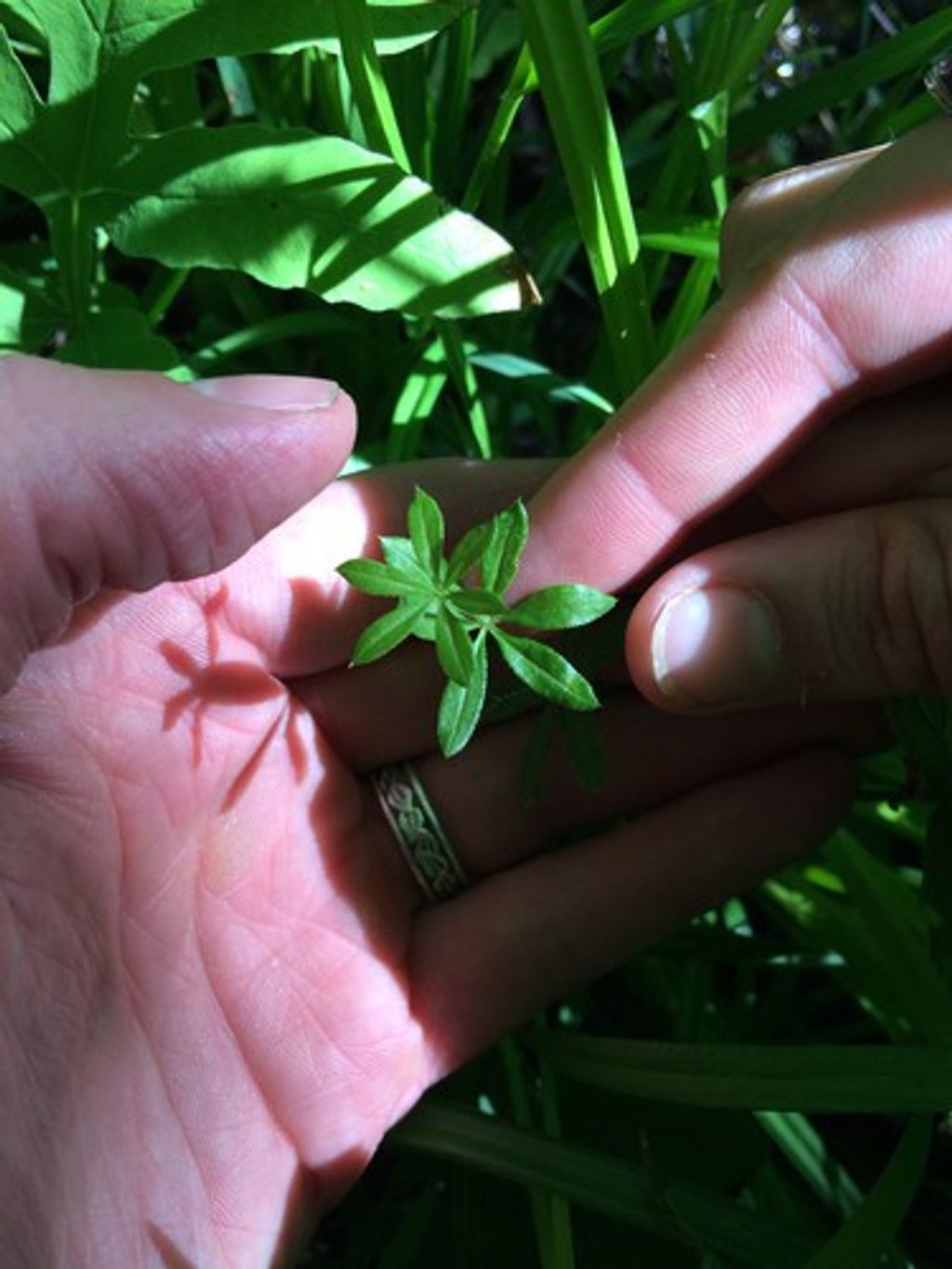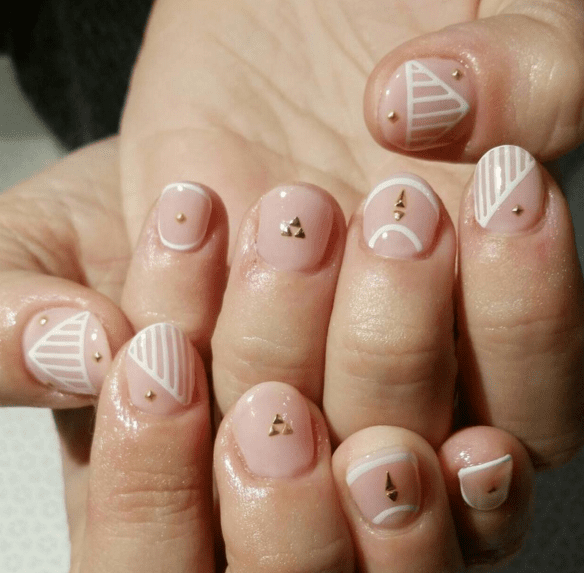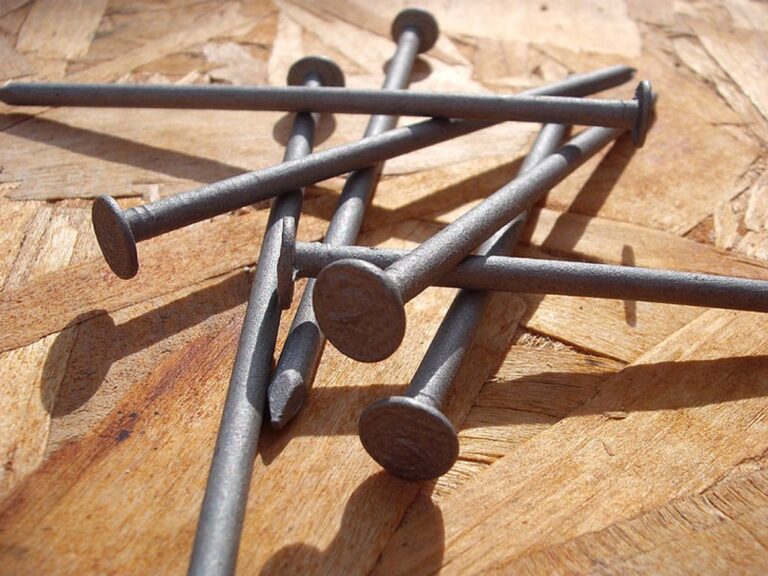“Nail Evolution: The Process of How Nails Are Formed”
In the article, “Nail Evolution: The Process of How Nails Are Formed,” we explore the fascinating journey of nail formation, growth, and maintenance. From the composition of the nail plate to the common nail disorders, this article provides valuable insights into the world of nails.
Key Takeaways
- Understanding the composition of the nail plate is crucial for understanding nail formation.
- The stages of nail growth include the formation of the nail bed, matrix, and cuticle.
- Factors affecting nail growth include diet, age, and overall health.
- Common nail disorders such as fungal infections and ingrown nails can be prevented with proper nail care.
- Maintaining healthy nails involves proper hygiene, moisturizing, and avoiding harsh chemicals.
The Structure of Nails

Composition of the Nail Plate
The nail plate, the hard and translucent part of the nail, is primarily composed of keratin, a type of protein that is also found in skin and hair. This protein structure gives nails their strength and resilience. The nail plate consists of several layers of dead, compacted cells that slide forward on the nail bed as they grow.
- Onychocytes*, the cells that make up the nail plate, are produced by the matrix, which is located at the base of the nail under the cuticle. As new cells are generated, older ones are pushed out, flattened, and hardened by keratin.
The health and appearance of the nail plate can be influenced by various factors, including nutrition, health conditions, and external damage. To maintain a strong nail plate, it is essential to provide the body with the necessary nutrients and practice proper nail care.
Tip: Regular moisturizing of the cuticle and nail bed can help maintain nail flexibility and prevent breakage.
Formation of the Nail Bed
Once exposed to the surface, the nail is fully formed. The nail plate seems to glide over the nail bed, but it is firmly attached to it; the entire tissue, nail … The nail bed contains blood vessels, nerves, and melanocytes that produce melanin. As the root grows, the nail streams down along the nail bed and adds material …
Nail Growth Process

Stages of Nail Growth
The stages of nail growth are crucial for understanding the development of nails. Keratinization is a key process in nail growth, where cells harden and form the nail plate. This process occurs in distinct stages, including the anagen phase, catagen phase, and telogen phase. Each phase has specific characteristics and durations, contributing to the overall growth of the nail plate. Understanding these stages is essential for proper nail care and maintenance.
- Anagen phase: Active growth phase
- Catagen phase: Transition phase
- Telogen phase: Resting phase
Factors Affecting Nail Growth
The rate and health of nail growth can be influenced by a myriad of factors, both internal and external. Nutrition plays a pivotal role; vitamins and minerals such as biotin, iron, and vitamin C are crucial for healthy nail development. On the other hand, lifestyle choices—like smoking and frequent use of nail polish remover—can have detrimental effects.
Certain medical conditions also impact nail growth. For instance, thyroid disorders, anemia, and psoriasis are known to alter the growth patterns of nails. It’s important to consider these conditions when assessing nail health.
Environmental factors should not be overlooked. Excessive exposure to water, harsh chemicals, or cold weather can slow down nail growth and lead to brittleness. Protecting your nails from these elements is essential for maintaining their strength and integrity.
Tip: To promote optimal nail growth, maintain a balanced diet, protect your nails from harsh conditions, and consult a healthcare provider if you notice significant changes in your nail growth patterns.
Nail Health and Maintenance

Common Nail Disorders
Nail disorders can range from mild aesthetic concerns to more severe conditions that may indicate underlying health issues. Brittle nails, onycholysis, and paronychia are among the most common disorders that affect the nail’s appearance and integrity. Conditions such as nail psoriasis and onychomycosis not only alter the nail’s look but can also cause discomfort and pain.
- Nail disorders in infants and children can present differently, with conditions like atopic dermatitis and alopecia areata affecting nail health. It’s essential to recognize the signs of these disorders early to manage them effectively.
For best results in treating nail disorders, consider consulting a healthcare professional who can provide tailored advice and treatment options.
Here is a list of common nail disorders and their brief descriptions:
- Brittle nails: Often characterized by splitting or peeling, indicating a lack of moisture or nutritional deficiencies.
- Onycholysis: The detachment of the nail from the nail bed, frequently associated with trauma or infection.
- Paronychia: An infection of the skin around the nail, usually caused by bacteria or fungi.
- Nail psoriasis: A chronic autoimmune condition that can cause pitting, discoloration, and abnormal nail growth.
- Onychomycosis: A fungal infection that leads to thickened, discolored nails and can be challenging to treat.
Tips for Healthy Nails
When it comes to maintaining healthy nails, it’s essential to follow a consistent nail care routine. This includes keeping your nails clean and dry, trimming them regularly, and using moisturizing products to keep them hydrated. Additionally, a balanced diet rich in vitamins and minerals can contribute to the overall health of your nails. Remember to protect your nails from harsh chemicals and excessive exposure to water to prevent damage and maintain their strength. Lastly, avoid using your nails as tools to prevent breakage and chipping. Taking these simple steps can go a long way in promoting the health and strength of your nails.
Nail health and maintenance are essential for keeping your nails strong and beautiful. Proper care and maintenance can prevent common nail problems and promote overall nail health. At NAILinspire.com, we provide the ultimate online nail art design library, offering a wide range of resources, tutorials, and inspiration for nail enthusiasts. Whether you’re looking for nail care tips, trendy nail designs, or creative nail art ideas, NAILinspire.com has everything you need to elevate your nail game. Visit our website today and discover the endless possibilities for stunning nail art.
Frequently Asked Questions
How are nails formed?
Nails are formed through a process called keratinization, in which specialized cells in the nail matrix produce the protein keratin, forming the nail plate.
What affects the growth of nails?
Nail growth can be affected by factors such as age, diet, hormonal changes, and overall health.
What are some common nail disorders?
Common nail disorders include fungal infections, ingrown nails, and nail psoriasis.
How can I promote healthy nail growth?
To promote healthy nail growth, it’s important to maintain a balanced diet, keep nails clean and dry, and avoid harsh chemicals and excessive filing.
What are the stages of nail growth?
The stages of nail growth include the anagen phase (active growth), the catagen phase (transitional phase), and the telogen phase (resting phase).
How can I prevent nail damage?
To prevent nail damage, avoid excessive exposure to water, use gloves when doing household chores, and refrain from using nails as tools.






